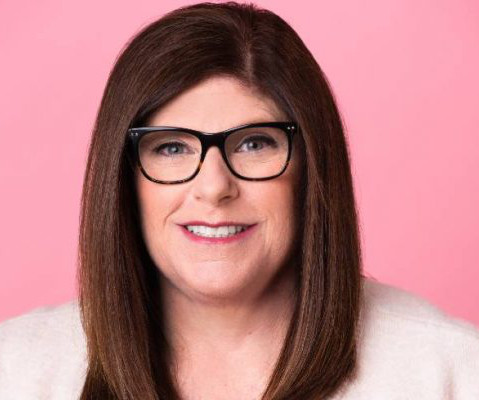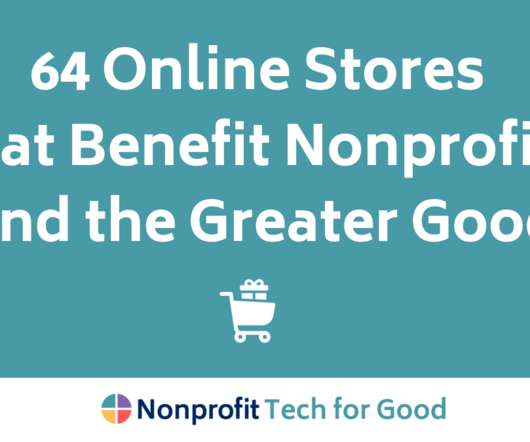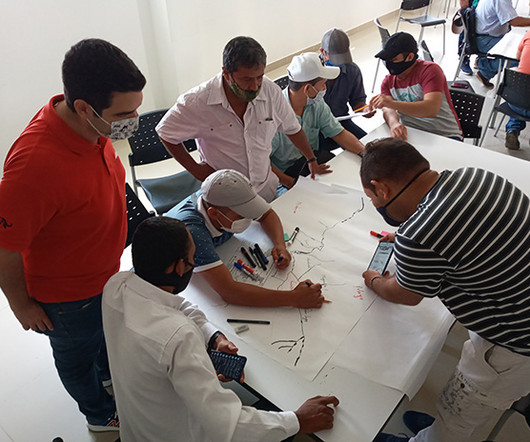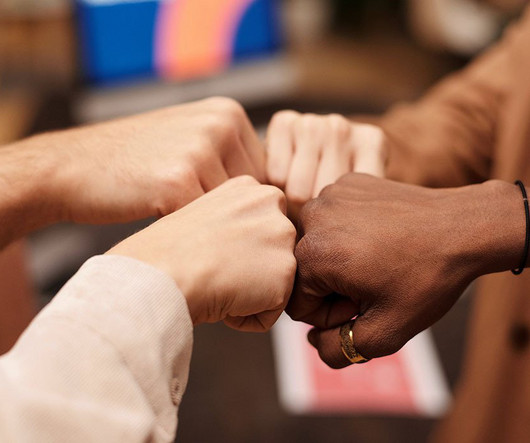Strengthening communities by supporting the nonprofit workforce
Candid
NOVEMBER 20, 2024
We nonprofit workers focus our attention on families who have trouble affording safe housing, enough food, quality child care and health care, reliable transportation, and technology. In 2022, 48% owned their homes, only 4% had any investment income, 25% were covered by public health insurance, and 10% had no coverage at all.
























Let's personalize your content